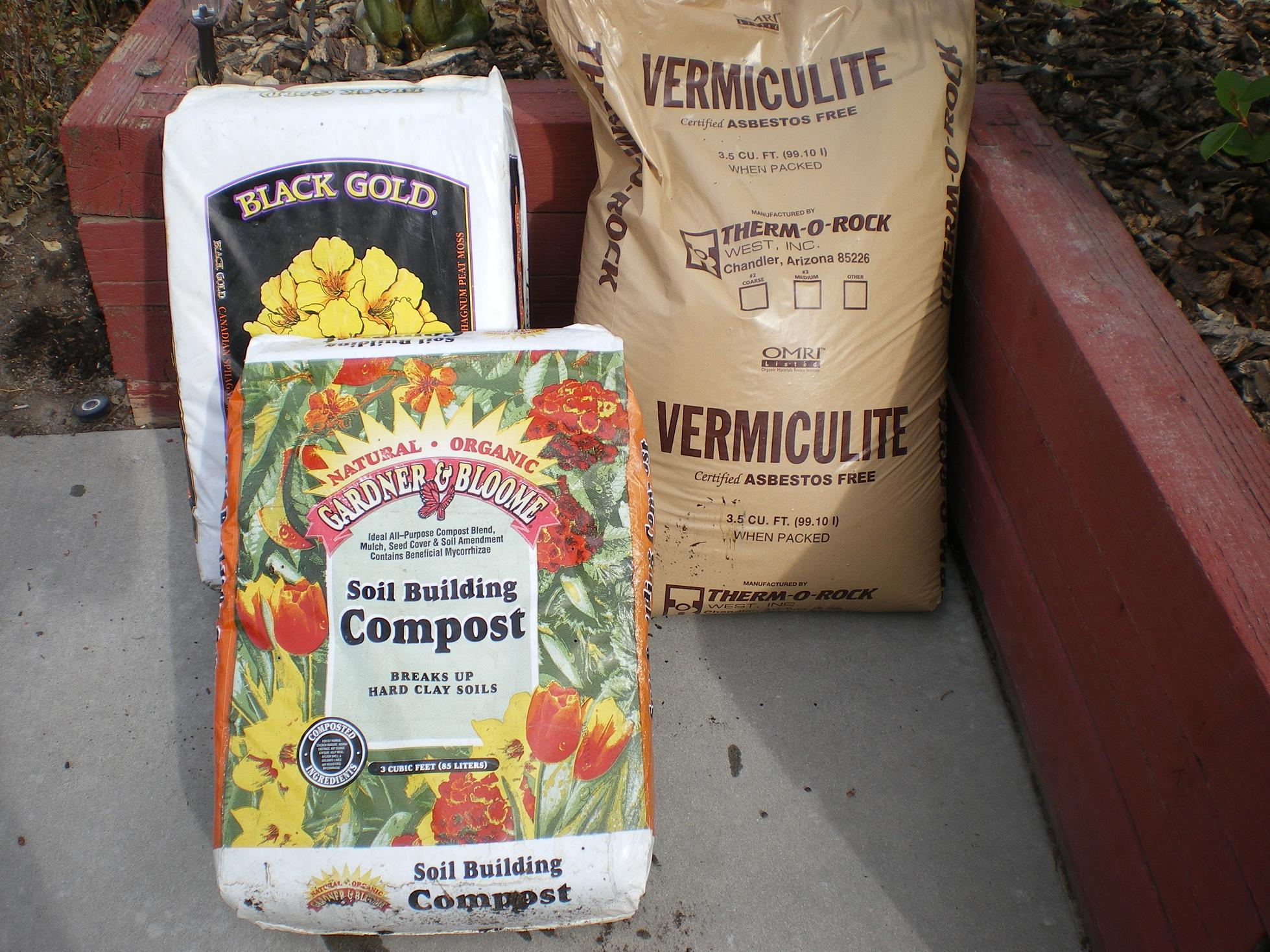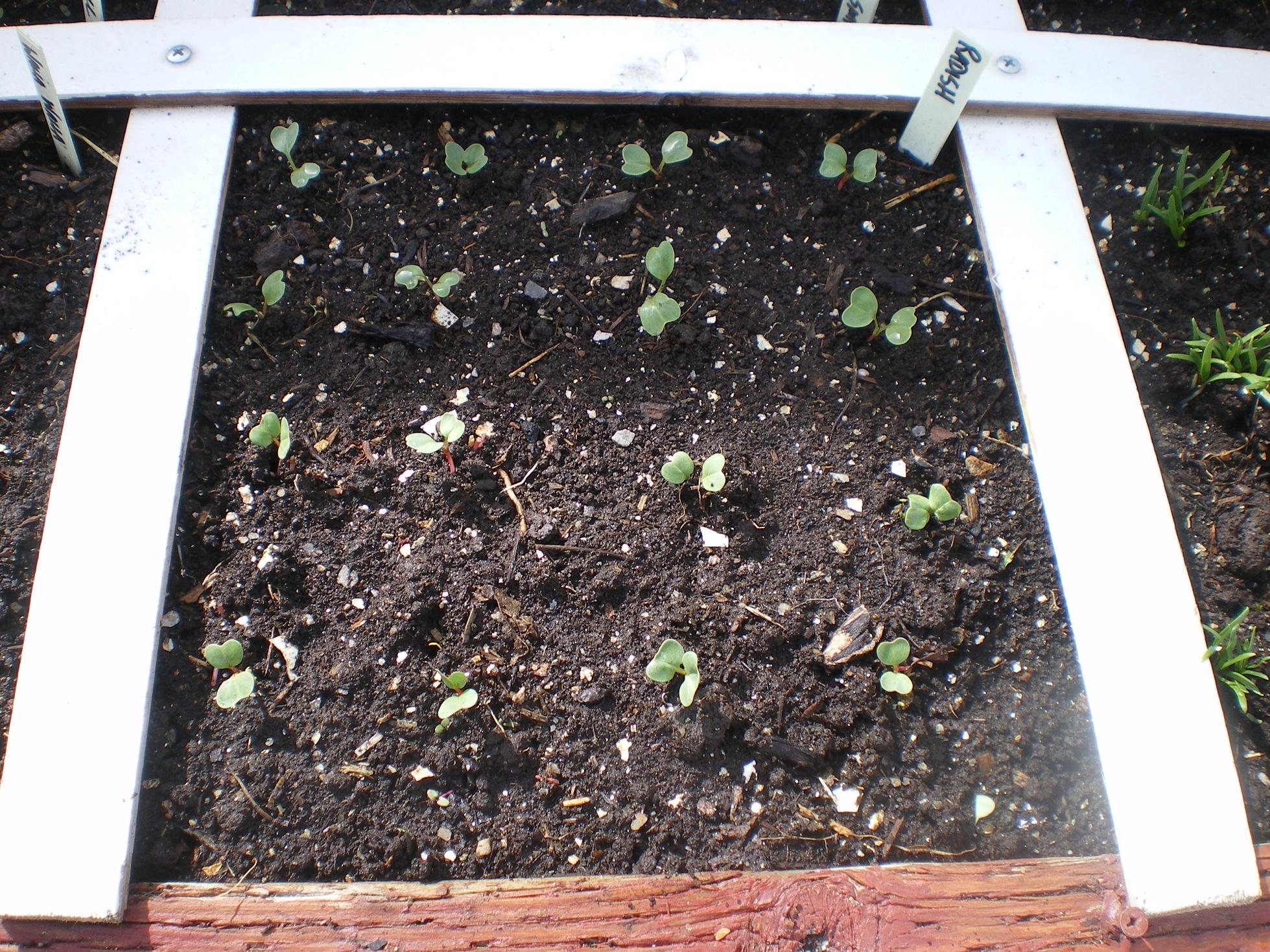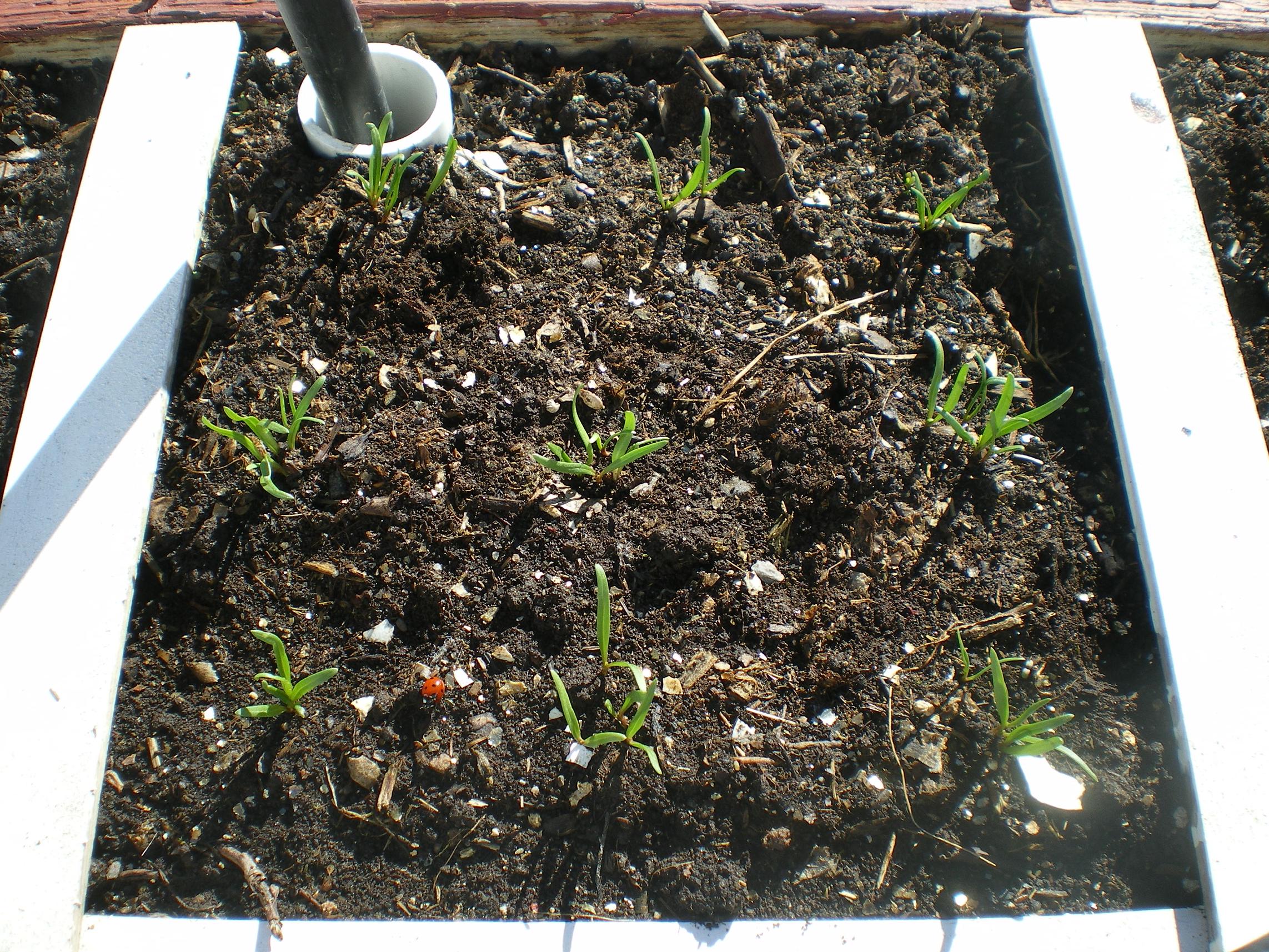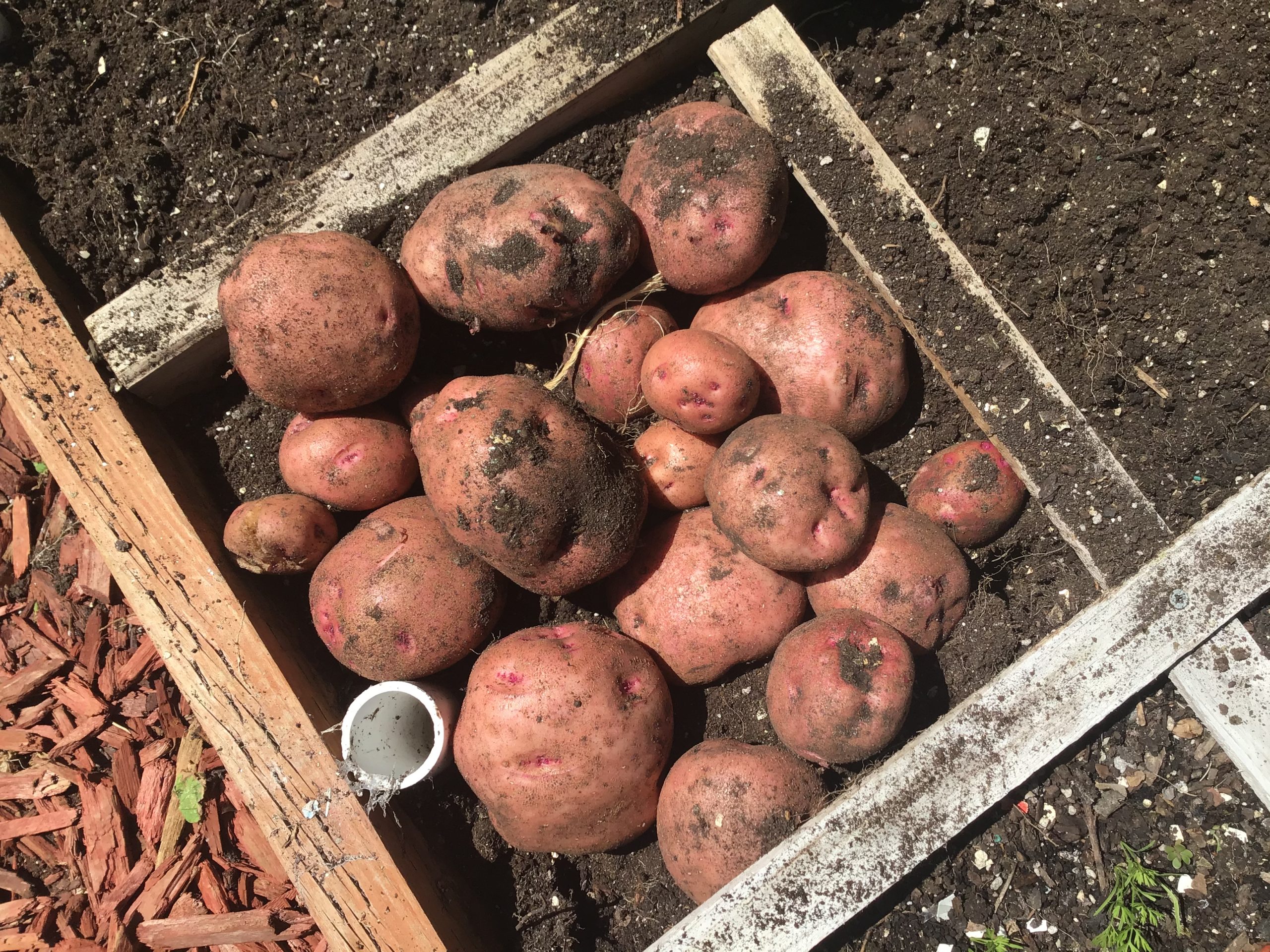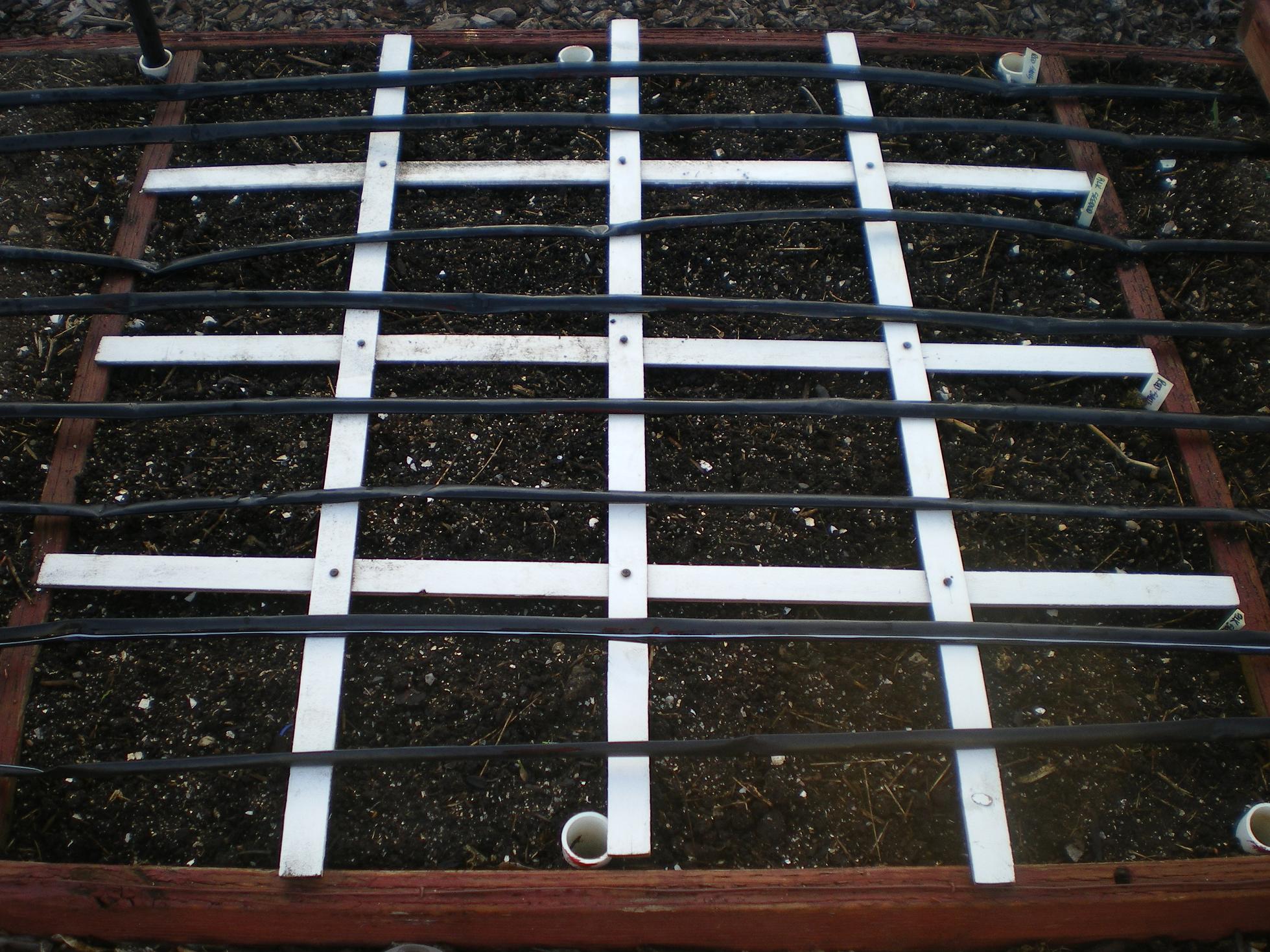 I too must give-I cannot see another’s lack and I not share-My glowing fire, my loaf of bread, my roof’s safe shelter over head-That he too may be comforted.” One of my favorite church hymns written by Phillip Landgrave in 1935. I was sitting there tonight looking at all the wealthy earth I call my garden in our backyard. I knew I had a lot of squares not being used until about the middle of May. All of a sudden I had the idea of planting a whole 4 X 4′ box with nothing but lettuce that I could just give away to someone. I called one of the local churches and they can’t take it. Turns out they can’t because of the litigious culture we live in today. It’s hard to imagine that someone could turn down food, but that’s the way it is. So, I think this will probably be donated to the local food bank. I haven’t called them yet but I’m hoping they will take what I have. This 4 X 4′ will be done in about 5-6 weeks and will hold 64 heads of lettuce. The two varieties are Black Seeded Simpson and Red Sails. It took me about 5 minutes to turn the soil over with my trowel, 5 minutes to plant 64 heads of lettuce, and less than 5 minutes to water it in. The inventor of square foot gardening-Mel Bartholomew- has a goal of curing world hunger with this gardening system. While I completely agree with the purpose and desire, I don’t ever think we will be able to do that for a variety of reasons. But for those wanting to help themselves we can try to convert every gardener or non-gardener-one square foot garden at a time….think about the implications of this much food in such a very small plot of land and what could happen if we all truly desired to help struggling neighbors, friends, and family. And regardless of the small sacrifice we might put in, nothing feels better than helping those around you…..
I too must give-I cannot see another’s lack and I not share-My glowing fire, my loaf of bread, my roof’s safe shelter over head-That he too may be comforted.” One of my favorite church hymns written by Phillip Landgrave in 1935. I was sitting there tonight looking at all the wealthy earth I call my garden in our backyard. I knew I had a lot of squares not being used until about the middle of May. All of a sudden I had the idea of planting a whole 4 X 4′ box with nothing but lettuce that I could just give away to someone. I called one of the local churches and they can’t take it. Turns out they can’t because of the litigious culture we live in today. It’s hard to imagine that someone could turn down food, but that’s the way it is. So, I think this will probably be donated to the local food bank. I haven’t called them yet but I’m hoping they will take what I have. This 4 X 4′ will be done in about 5-6 weeks and will hold 64 heads of lettuce. The two varieties are Black Seeded Simpson and Red Sails. It took me about 5 minutes to turn the soil over with my trowel, 5 minutes to plant 64 heads of lettuce, and less than 5 minutes to water it in. The inventor of square foot gardening-Mel Bartholomew- has a goal of curing world hunger with this gardening system. While I completely agree with the purpose and desire, I don’t ever think we will be able to do that for a variety of reasons. But for those wanting to help themselves we can try to convert every gardener or non-gardener-one square foot garden at a time….think about the implications of this much food in such a very small plot of land and what could happen if we all truly desired to help struggling neighbors, friends, and family. And regardless of the small sacrifice we might put in, nothing feels better than helping those around you…..
[ois skin=”below post”]
